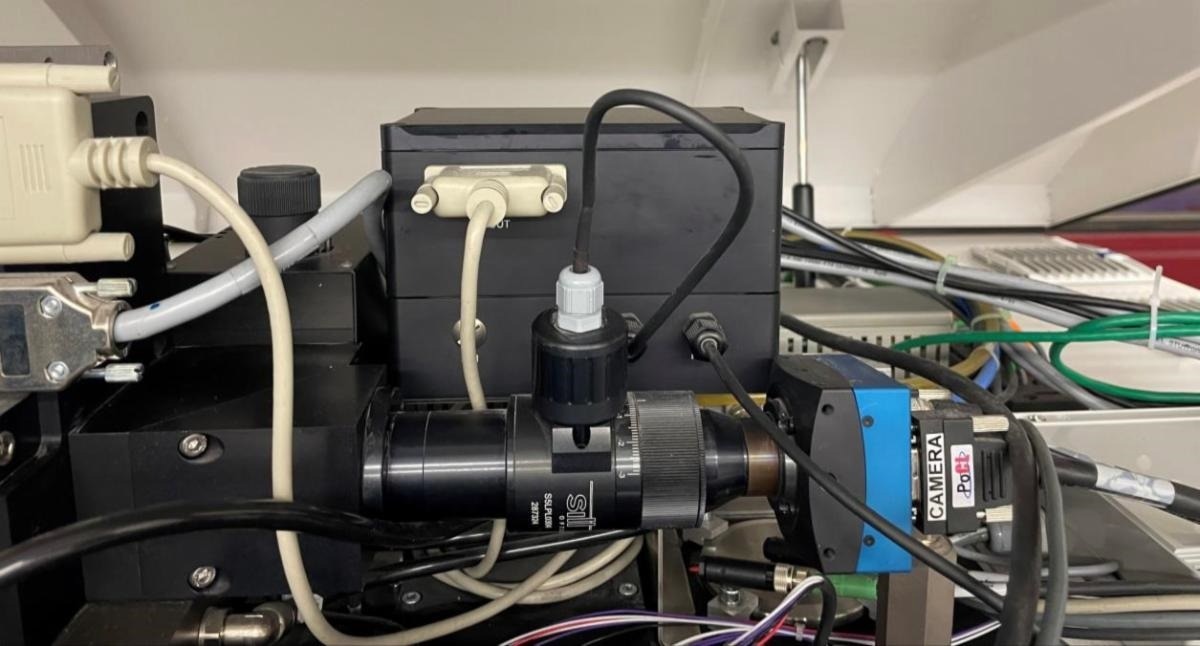Scientists at the Technical University of Darmstadt (Darmstadt, Germany) have developed a highly accurate method for determining thermal solidification characteristics of metal parts built with laser-based powder bed fusion, an Additive Manufacturing technique. Capturing the process was a Mikrotron EoSens CL camera set at 41,000 frames-per-second (fps). Thanks to the extraordinary abilities of the camera, the scientists were able to monitor thermal radiation in the wavelength of 950 nm for the detection of microstructural defects such as pores, cracks, and chemical separation.

Image Credit: Mikrotron GmbH
Powder bed fusion provides the geometrical freedom needed to build complex industrial parts used in sectors such as aviation, energy, tool- and mold-making, and medical technology. Layer-by-layer build-up of metal grains can be monitored by cameras as the part transitions from gaseous to liquid and to solid phases. Prior scientific works focused on anomaly detection that only estimated part defects, neglecting microstructural properties such as grain size, making this new approach far more effective in producing high-quality, defect-free parts.
To conduct their experiments, the scientists utilized a commercially available powder bed fusion system equipped with a 400W single-mode fiber laser delivering a wavelength of 1060 nm that was focused to a spot size of 100 μm. Gas-atomized stainless steel 316L powder was chosen for the experiments. Prior to production, the powder was scanned by electron microscope (SEM) analysis to determine its distribution, ranging from 11 to 54 μm.
An on-axis plasmoEye™ imaging system featuring a Mikrotron EoSens CL camera observed and documented the layering process, and was able to detect the thermal radiation of the process zone in a wavelength of 950 nm. To achieve 41,000 fps, the Mikrotron camera was configured with a variable region of interest (ROI) of 80 x 40 pixels with a spatial resolution of 11.2 by 5.6 mm. An external trigger signal from the melt pool monitoring system time stamped each image. This allowed the mapping of each image with position data from the melt pool monitoring system. The use of the Mikrotron camera meant quality inspection was seamless, contact-free, and non-destructive. Evaluation of the camera's images was based on melt pool detection and identification of intensity isolines, which define the characteristic transitions.
In the future, the developed approach may provide local data of solidification for machine learning based process adaption.
To learn more about Mikrotron EoSens Camera Link cameras, click here.